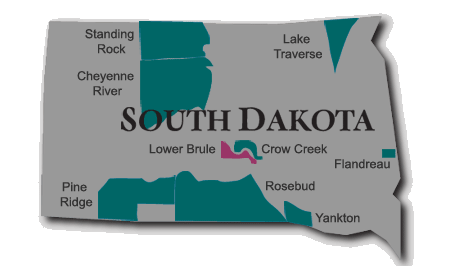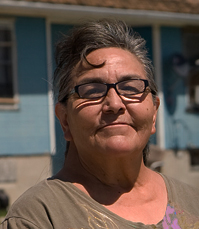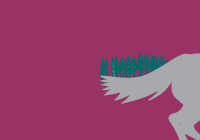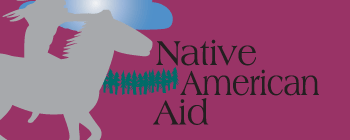|
|

 |
About the Brule Sioux: The Siouan language family, including Lakota-Dakota-Nakota speakers, inhabited over 100 million acres in the upper Mississippi Region in the 16th and early 17th centuries. Conflicts with the Cree and Chippewa, as well as the lure of the Great Plains buffalo herds, incited the Sioux to move farther west in the mid-17th century. The Lakota acquired horses around 1740 and crossed the Missouri River shortly after, arriving in the Black Hills in 1775. Soon after their arrival in the Black Hills, the Lakota split into seven tribes, among which was the Brule. The Lakota are the archetypal Plains Indian. They lived in organized bands, warred and raided, and depended on buffalo for food and clothing.
History of the Reservation: The terms of the Fort Laramie Treaty of 1868 placed the Lakota on one large reservation that covered parts of North Dakota, South Dakota, and four other states. After the defeat of the Indian tribes during the Indian Wars of the 1870s, the United States created several smaller reservations. In 1889, the government confiscated 7.7 million acres of the Sioux’s sacred Black Hills and relegated the Brule to small reservation along the banks of the Missouri River. The Reservation occupies 114,219 acres, of which the Tribe owns 66,600.
Life on the Reservation: A small casino and motel provide the only employment outside of the tribal government on the Reservation. More than 2 out of 3 Brules are jobless and residents subsist on an annual income that is one third of the national average. Chamberlain, the town closest to the Reservation, lies 45 minutes away by car and provides no relief to the desperate unemployment situation. Without even a grocery store on the Reservation, tribal members often rely on food from the local gas station. The unavailability of nutritious food contributes to the high incidence of diabetes on the Reservation. How can I help?
Lower Brule on the map: Lyman and Stanley counties, South Dakota.
Tribal enrollment: 1,095.  |
|
|















